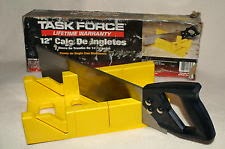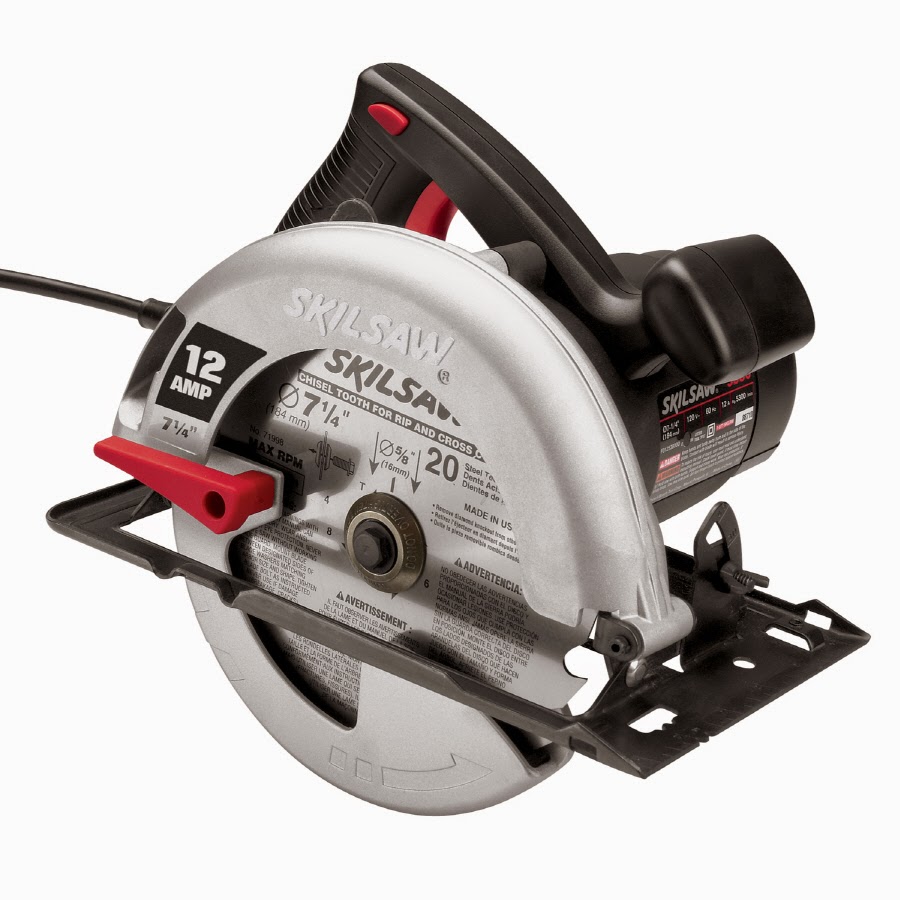I want to give a little shout out to one of my most favorite places I've visited. My wife and I were backpacking through Costa Rica and Panama a year or so ago and volunteered for awhile at
Palmar Tent Lodge located on Isla Bastimentos in the Bocas del Toro Province of Panama. Palmar is an amazing place ran by two amazing people, Chris & Kristin. Just a stone's throw from Red Frog beach you'll be laying out and relaxing as soon as you arive. It was rated as on of the top 10 secret beaches by the
Travel Channel. Palmar is a great escape from... well Everything!
Palmar is a tent lodge and falls in to the glamping category or glamor camping for those of you unfamiliar with the term. Glamping is luxurious camping, and Palmar does it up right. There is no room service, but with everything else that's available, who needs room service right. They have multiple Tents for rent, showers, common & dinning area, community kitchen, and most importantly a bar. I know what you might be thinking "community kitchen"... but it is a great time cooking with strangers, before you know it you'll be dinning and sharing food with new friends. If you need supplies, don't worry it's a quick boat ride in to Bocas to hit up all the local shops.
The tents for rent are amazing, with beds, fans, and storage.... your not sleeping on the ground here.
To be completely honest as nice as the tents are, the amount of time you will spent in them is minimal. The best part of a place like Palmar is not where your laying your head, but with the people you meet. the majority of your time will be spent in the great house socializing. They also put on events such as live music and group dinners. If you have anything close to the experience we did, you'll walk away from your trip with a handful of new friends and great memories.
Now since my trip Chris and Kristin have added a few new additions I have not seen. A yoga studio that looks great with regular classes, some new tents, and a wood fire pizza oven. I'm sure there are plenty more considering Kristin's creative nature, but that's all I have kept up on.
If your looking for a Central American get away, I highly recommend Palmar. You will not be disappointed!
Oh I didn't even talk about the beach. Red Frig beach is beautiful. Even though it might look like a calm Caribbean beach, do not be fooled. You can surf this puppy, In the evening Red Frog produces some nice waves for the persons interested in surfing or body surfing.
Thanks!






















































